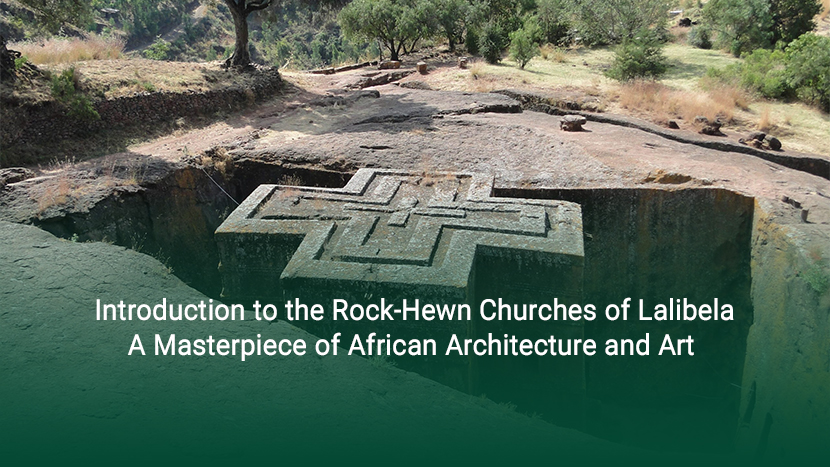
**Introduction to the Rock-Hewn Churches of Lalibela: A Masterpiece of African Architecture and Art**
The rock-hewn churches of Lalibela, located in the northern part of Ethiopia in a town of the same name, are among the most astonishing religious sites in the world. Carved directly into the mountains, these churches are considered one of the country’s most important historical and religious landmarks and are designated as a UNESCO World Heritage site. Every year, they attract numerous visitors from around the globe, representing a powerful symbol of faith and the human capacity to work in harmony with nature.
### History of the Rock-Hewn Churches of Lalibela
Named after King Lalibela, who ruled Ethiopia in the 12th century, the site comprises 11 rock-hewn churches created under his command. King Lalibela envisioned a holy place within Ethiopian soil that would resemble Jerusalem, allowing believers to make a pilgrimage without undertaking long, arduous journeys. These churches are incredibly sculpted from single solid rock formations and each features unique architectural designs.
### Architectural and Structural Features
The Lalibela churches are divided into three main groups: Bete Medhane Alem, Bete Mariam, and Bete Giyorgis, each showcasing unique design and layout:
- **Bete Medhane Alem**: The largest church in this complex, it displays exceptional architecture, demonstrating the skill of ancient Ethiopian artisans.
- **Bete Mariam**: One of the most popular churches, its interior walls are adorned with ancient patterns and decorative relics.
- **Bete Giyorgis**: Known for its distinctive cruciform shape, this church is arguably the most beautiful and iconic structure in Lalibela, embodying the strength and purity of Ethiopian ecclesiastical architecture.
### Religious and Cultural Significance
For followers of Ethiopian Orthodox Christianity, the Lalibela churches hold immense spiritual value as a site of pilgrimage and worship. Beyond their religious significance, these churches are deeply embedded in Ethiopian culture. During religious holidays, particularly Christmas, people gather in Lalibela to participate in traditional and religious celebrations, with faithful attendees from across Ethiopia.
### Key Points for Visitors
- **Best Time to Visit**: The dry season, from November to March, is ideal for visiting the Lalibela churches.
- **Local Guides**: Given the historical and spiritual significance of this site, it is recommended to tour with a local guide for a complete understanding of each church’s history and importance.
- **Respecting Local Customs**: Visitors are advised to respect the sanctity of the site by dressing appropriately and observing local customs.
### Why You Should Not Miss the Churches of Lalibela
The rock-hewn churches of Lalibela are not only an embodiment of Ethiopia’s history and culture but also a testament to the skill and creativity of ancient architects and artists. Visiting this site transports you to a distant past, offering a unique and spiritual experience.
### Conclusion
The rock-hewn churches of Lalibela are a remarkable piece of Ethiopia’s ancient architecture and a prominent religious landmark. If you are fascinated by the history and culture of African countries, be sure to include this site in your travel plans for an unforgettable experience.
By using form u agree with the message sorage, you can contact us directly now